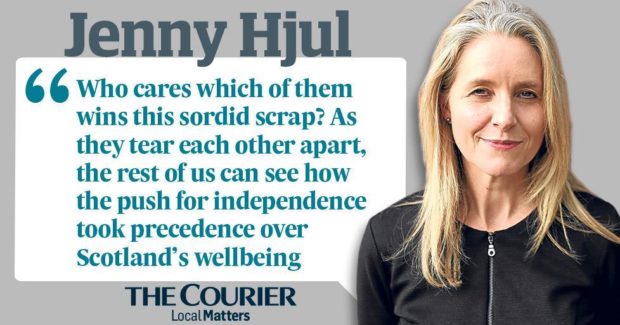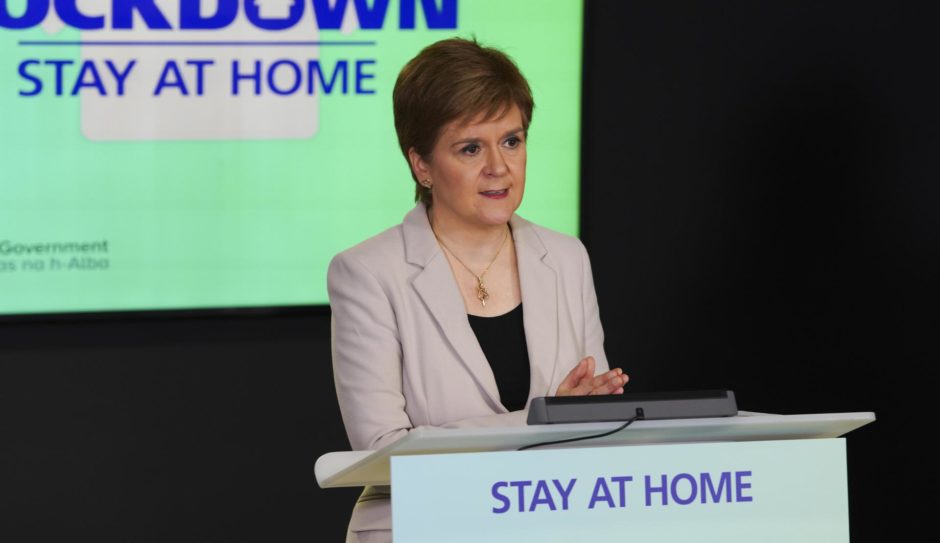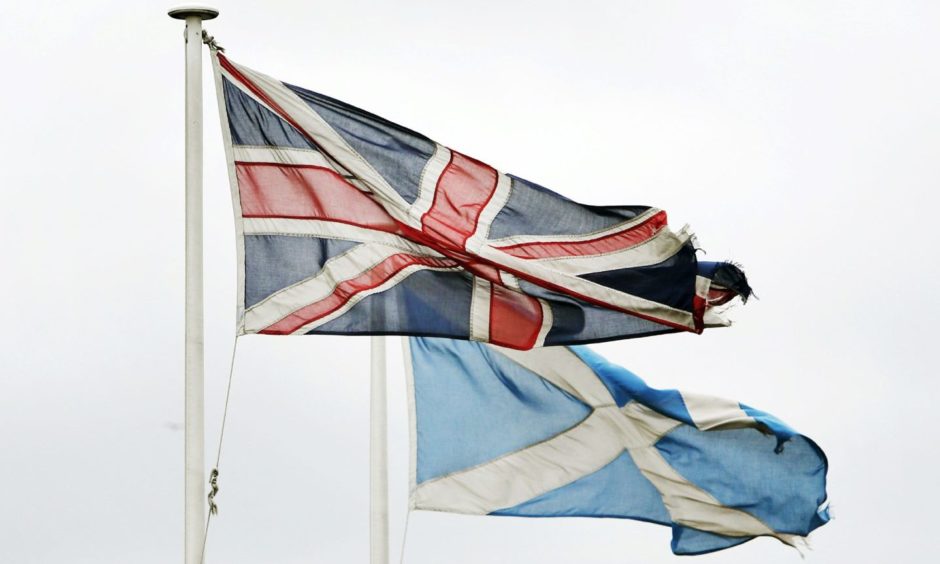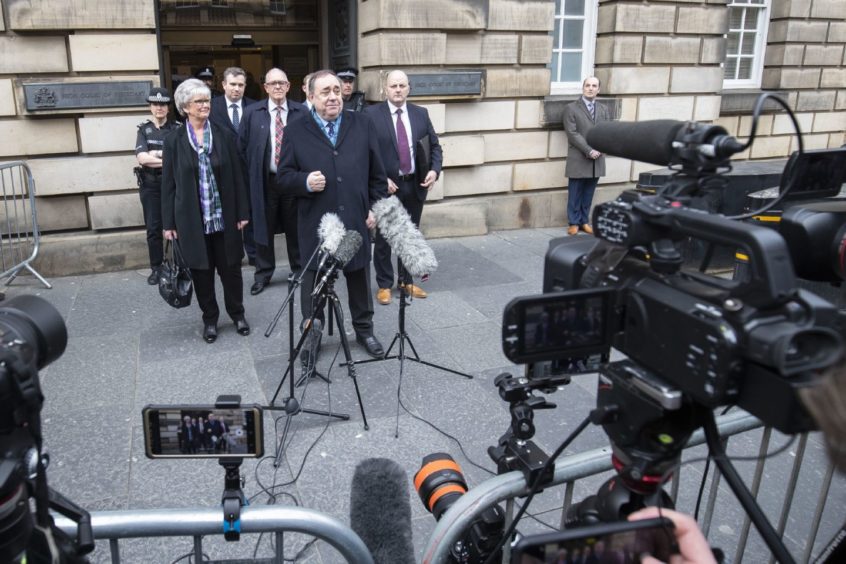Just after Alex Salmond’s six-hour appearance before a Holyrood inquiry last Friday, a friend in the south texted to ask why Nicola Sturgeon was so unpopular, ‘given she has done a much better job on the coronavirus briefings than Boris’.
What was striking about the question was not that people have been taken in by Sturgeon’s Covid PR – which undoubtedly has been better than the Prime Minister’s – but that it is now accepted, even in far flung parts of the UK, that she is out of favour at home.
Until just a week or maybe two weeks ago, the First Minister herself wouldn’t have thought that. In fact, so confident was she of her winning streak, which has lasted almost as long as the pandemic, that she made May’s upcoming election about her, rather than her party.
The ballot should still go ahead, despite misgivings over the lockdown, she said, so that voters can ‘decide whether you want me continuing to steer us through coronavirus or not’.
It’s unlikely she would choose the same words today. As she takes her turn before the committee investigating her government’s botched handling of sexual assault complaints against her predecessor, she will surely be wondering at what point her political career became so precarious.
Her enemies in the Salmond camp have been circling for months and the bitter rift in the SNP between its present and former leaders has been the dominant story in Scottish politics for at least two years.
Sturgeon has mostly withstood the onslaught, which has undermined her stewardship of the independence campaign, challenged her policies on issues such as gender recognition reform, and, most seriously, questioned her integrity in her dealings with Salmond.
To the despair of her opponents – Nationalists and Unionists – nothing stuck. She continued to command considerable public respect, not unrelated to the platform provided by Covid, but also helped by the pariah status of her nemesis, Salmond.
Now, the mood has changed. A poll published on Sunday showed backing for independence had fallen, after many months of good news for the separatists, with support for secession at 43% compared to 44% for the Union.
Although the survey, by Survation, was conducted as tensions in the warring SNP ramped up, it was before Salmond’s tour de force at the inquiry, during which he accused senior figures in the SNP and Scottish government of ‘maliciously’ plotting against him.
Half of those questioned in the poll said Sturgeon should resign if she is found to have broken the ministerial code by lying to parliament.
That charge lies at the centre of this Wednesday’s session, where MSPs will attempt for a final time to get to the bottom of what the First Minister knew and when about harassment allegations against Salmond.
The inquiry has been dogged by the government’s refusal to hand over vital documents, by witnesses (including Sturgeon’s husband who is also the SNP’s chief executive, her chief of staff, and the country’s top civil servant) being forgetful or contradicting each other, and by the extraordinary role played by the Crown Office, which has been accused of obstructing the search for truth.
None of this has done much for Scotland’s reputation but Sturgeon has placed herself out of reach, by seizing the moral high ground on behalf of the women who would have put Salmond in jail a year ago.
This is what she is expected to do today, and if no previously withheld evidence emerges to corroborate Salmond’s claims against her, she could still cling on to her version of events.
But the game is up. Not because he underwent some kind of transformation last Friday from predator to prey and found himself on the same side as former foes in both the Tory and Labour parties.
On the day, he made a better case for the Union than Unionists have done by telling Scotland it was not ready for independence under its current management.
Relinquishing his lifelong dream over the fallout with his onetime protégé was easier for him than it will be for her, because he obviously has less to lose.
A plague on both their houses
But this is no longer about Salmond versus Sturgeon, it is about Scotland and what more than a decade of Scottish nationalism has done to this country’s once respected institutions, ethics and public services.
Sturgeon may have confused her own and her party’s interests with those of the country but the corrupting rot started with Salmond.
Who cares which of them wins this sordid scrap? As they tear each other apart, the rest of us can see how the push for independence took precedence over Scotland’s wellbeing.
A plague on both their houses. Just in time, we have been alerted to the dangers of the SNP’s one-party state and can begin Scotland’s rehabilitation by voting them out.













